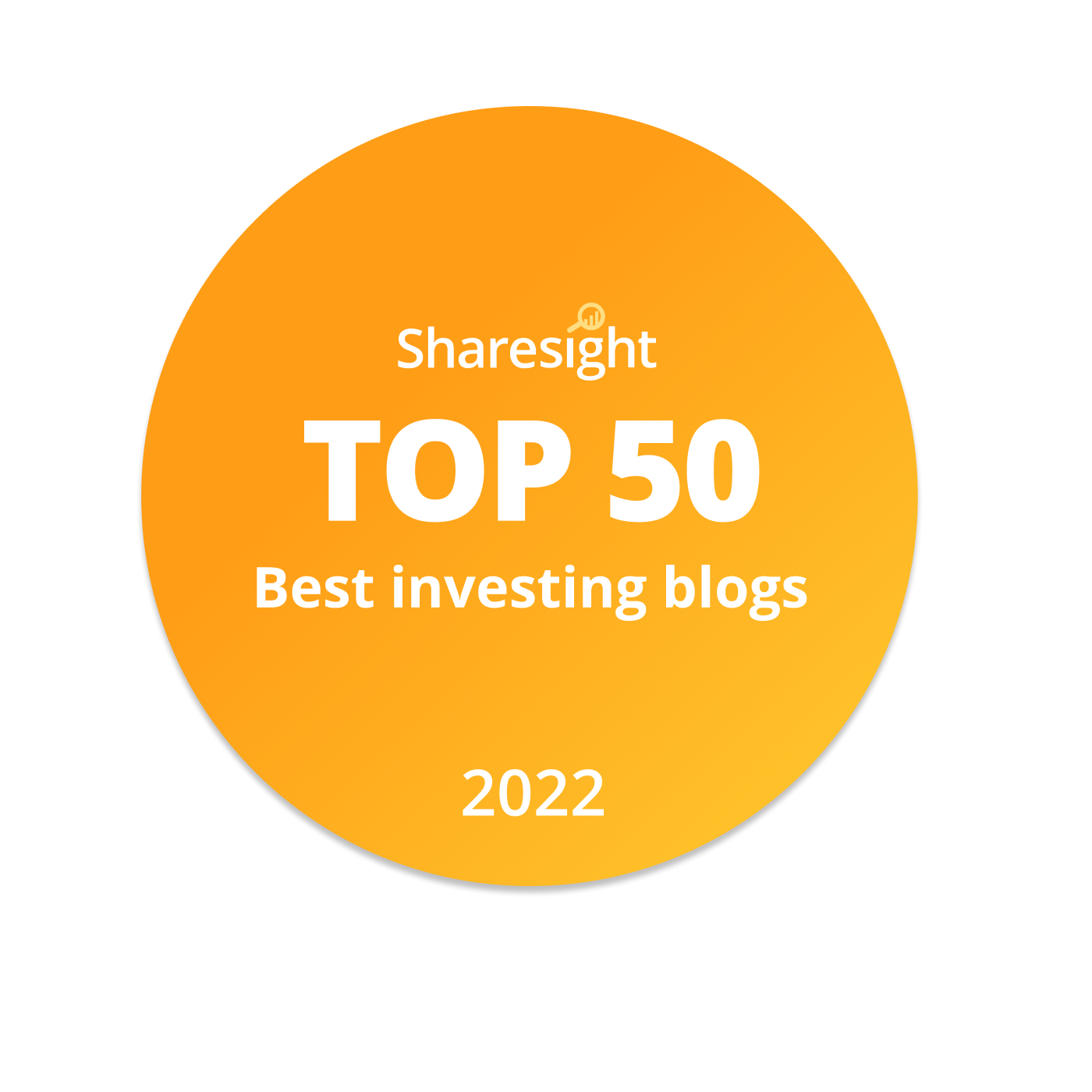
After a 13-year experiment with near-zero interest rates, this key driver of UK house prices has, at long last, returned to historically normal levels.
This is a seismic shift for the UK housing market and it could be the pin that finally pops the UK’s 20-year property bubble.
"A 20-year bubble? Impossible!", I hear you cry. But it's true and, in fact, the seeds of this bubble were sown in the 1980s.
The seeds of this housing bubble were sown in the 1980s
Although the current UK housing bubble began in 2003, the chain of events that led to this bubble began with the peak of the previous bubble in 1989.
Back then, I was working for the Ministry of Defence as an engineering apprentice and the 1980’s yuppie-boom was in full swing.
The average UK wage was a dizzying £9,100 and the average UK house cost a whopping £63,000 (according to Nationwide), so the average UK house cost seven times the average UK salary. To put that into context, the average house had cost about five times the average wage over the previous four decades, so in the late 1980s, house prices were about a third higher than their historical norm.
Such high valuations are only sustainable if everything within the environment is perfect, in the same way that a tall vase on a wobbly table is perfectly stable as long as the table remains perfectly still. But if a clumsy child bumps into the table the vase will crash to the ground and shatter into a thousand pieces, and the same is true of highly valued property, shares, bonds or anything else.
In the late 1980s, the clumsy child turned out to be the Bank of England, which raised interest rates to 15% (yes, that’s 15%, not 1.5%). That caused the economic table to wobble and the UK’s overpriced housing market crashed and shattered many peoples’ lives into thousands of pieces.
By the mid-1990s, the property rocket ship was ready to launch
By 1995, the house price crash was over and the average house price had fallen from £63,000 to £51,000, a decline of almost 20%. Over those same five years, average earnings rose from £9,100 to £13,100, so the house price-earnings ratio had collapsed from seven to less than four.
Let that sink in for a moment. In the mid-1990s, the average person could buy an average house (perhaps a nice three-bed semi) for four times their salary. Today, the average wage is £34,600, so that would be like buying an average three-bedroom house for £138,000. In reality, the average house in 2023 cost almost double that at £260,000, and this is what some people call “progress”.
But I digress. By the mid-1990s, house prices were very low and those low prices attracted lots of buyers, so prices started to climb once more.
By 2001, average wages had increased to £16,900 and the average house was just over five times that amount, at £89,000, so the house price-earnings ratio was back in line with historical norms.
Then we had the dot-com crash and 9/11, after which the Bank of England panicked and cut interest rates to 3.5%. That was the lowest they'd been since the 1930s and 1940s when super-low interest rates were used to support the economy during the Great Depression and World War II.
I think we should pause again to let that sink in for a moment. Interest rates of 3.5% were shockingly low in 2003 and lower than most people had seen in their lifetimes. Today, most people seem to think 3.5% is high.
Those super-low interest rates were the match that lit the fuse of the 2000s property bubble, and the fuel was a combination of reckless lending by banks (125% mortgages given out to anyone with a pulse) and a manic belief that house prices would keep going up by 10% or more every year forever, so you had to buy now or you’d never get on the property ladder.
By 2007, average earnings were up to £21,600 while the average house price had skyrocketed to £184,000. The house price-earnings ratio had reached an all-time high of 8.5, far above the peak of the 1980s property bubble, so property valuations were sky-high by any sensible metric.
But trees don’t grow to the sky and house prices don’t keep going up at double-digit rates forever. Instead, and as I’ve already said, high valuations are like a tall vase on a wobbly table, waiting for the next clumsy child to come along.
In 2007, the clumsy child turned out to be the banking industry, whose greed had led it to overindulge in excessive lending to the point where the global financial system almost blew up. The resulting financial crisis caused a huge contraction in lending which wobbled the economic table and, inevitably, the tall vase of lofty house prices crashed once again.
The housing bubble should have ended in 2007, but the government had other ideas
The 2000s property crash was shorter and shallower than the 1990s crash because the government (and related agencies that are under its influence) had learned that a housing crash would stop it from getting reelected. So this time around, the government and those related agencies left no stone unturned in their crusade to protect the housing market. Most obviously, the Bank of England cut interest rates to almost zero and left them virtually unchanged for 13 years.
That unprecedented move did support the housing market and the post-financial crisis property crash was swift and relatively small, with average house prices falling 15% in 2008. But the economic environment remained terrible and so, even with near-zero interest rates, UK house prices ground their way sideways over the next few years. By 2012, five years after the credit crunch began, house prices were still down more than 10% and relative to inflation or wages, they were in steady decline.
If that decline had continued then it would have been good for the UK economy, because house prices, relative to wages, were still as high in 2012 as they’d been at the peak of the 1980s bubble. After five economically miserable years, average wages had crept up to £23,400 and average house prices had stayed broadly flat at £163,000, so house prices in 2012 were still a very lofty seven times average earnings.
Unfortunately, the housing bubble’s slow deflation ended with the arrival of Help to Buy in 2013. That demented scheme reignited the bubble because the government promised to provide up to 40% of the cost of a home through an equity loan. The government was clearly willing to do anything to get house prices to go back up again, even if it meant introducing reckless schemes like near-zero interest rates and Help to Buy that would obviously have severe unintended consequences.
This theme continued into the pandemic when the government introduced a stamp duty “holiday” to protect the housing market, even before it was remotely obvious that it needed protecting. That fuelled the final leg of this 20-year bubble, where the average house price reached an eyewatering £275,000 in 2022. That was 8.5 times the average UK wage of £32,900, and that ratio almost exactly matches the 8.5 level seen at the peak of the 2000s bubble.
As always, very high valuations are no more stable than a tall vase on a wobbly table with a clumsy child nearby. They’re perfectly stable as long as the environment remains perfectly stable, and in 2024, I would not call the environment perfectly stable.
After 20 years, the UK’s largest and longest property bubble may finally be ending
After 13 years of near-zero interest rates and a decade of Help to Buy, these artificial stabilisers have been removed and today’s sky-high property prices have nothing to support them other than a now deeply ingrained belief that house prices only go up.
With interest rates at 5.25%, many are saying that this is too high and that rates should come down now and come down a lot. But 5.25% isn’t high. In fact, the average UK interest rate over the last 70 years is 5.6%, so from a historical perspective, 5.25% is normal.
Personally, I hope interest rates stay close to their historically normal range of about 4-5% as I suspect that will be better for the economy in the long run than endless excessive stimulus from low interest rates. But of course, it's impossible to predict what will actually happen.
If interest rates do remain close to historically normal levels, I would expect the average house price to eventually revert to a normal multiple of the average person’s wage.
Over the last 70 years, which includes the current 20-year bubble, house prices have on average been six times the average wage. With average wages now up to £34,600, that would give a historically normal average house price of £208,000.
At the end of 2023, Nationwide put the actual average house price at £259,000, so my baseline assumption (barring yet more deluded, damaging and self-interested market manipulation by the government) is that the UK house price-earnings ratio will gradually revert to six at most, and perhaps closer to five, which was the long-term average before this bubble began.
Obviously, house prices aren’t going to drop from £259,000 today to £208,000 by the end of the year. That would be a decline of 20% in a single year and that just isn’t going to happen without a severe recession or even a depression, and neither of those appears to be on the cards.
Instead, my hope is that we see strong above-inflation wage rises over the next decade, combined with zero or very slow nominal house price growth.
For example, if inflation stays at 2% and if wages grow faster than inflation at 3%, then the average wage will hit £46,500 in 2033, just ten short years from today.
If the house price-earnings ratio falls to six over that period, house prices would grow by just under 1% per year to £279,000. That growth would keep most people out of negative equity while also making housing much more affordable for younger generations. That would be a win for most people, although perhaps a slightly optimistic one.
If a lack of house price growth and a lack of affordability reduces the current obsession with buying a house at any price, then perhaps the house price-earnings ratio will fall to its pre-bubble average of five.
If that happened, then under the previous assumptions we’d end up with average earnings at £46,500 in 2033 and an average house price of £233,000.
That would leave some people in negative equity, but the resulting lower and more affordable house prices would be a major boost to the UK economy, as most people would have far more discretionary spending power as they'd be spending far less on keeping a roof over their head.
The UK Dividend Stocks Newsletter
Helping UK investors build high-yield portfolios of quality dividend stocks since 2011:
- ✔ Follow along with the UK Dividend Stocks Portfolio
- ✔ Read detailed reviews of buy and sell decisions
- ✔ Quarterly, interim and annual updates for all holdings
- ✔ Quality Dividend Watchlist and Stock Screen
Subscribe now and start your 30-DAY FREE TRIAL
UK Dividend Stocks Blog & FREE Checklist
Get future blog posts in (at most) one email per week and download a FREE dividend investing checklist:
- ✔ Detailed reviews of UK dividend stocks
- ✔ Updates on the UK Dividend Stocks Portfolio
- ✔ UK stock market valuations
- ✔ Dividend investing strategy tips and more
- ✔ FREE 20+ page Company Review Checklist
No spam. Unsubscribe anytime.





